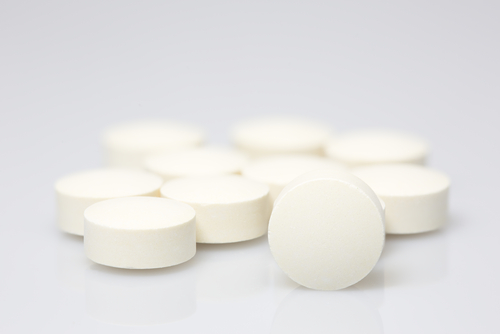Update Coming on Phase 2 Trial of KalVista’s Oral HAE Therapy KVD900

Results of the Phase 2 clinical trial testing KalVista Pharmaceuticals‘ oral investigational therapy KVD900 as an on-demand treatment for hereditary angioedema (HAE) attacks will be announced by August.
The company also announced it has selected KVD824 as an oral preventive therapy for HAE. A Phase 2 trial of that medication is scheduled for the second half of this year.
“Based upon the progress of the ongoing KVD900 Phase 2 clinical trial, we expect to announce data from that trial in the second quarter of this year,” Andrew Crockett, CEO of KalVista, said in a press release. “We are also pleased to announce the selection of KVD824 for development as an oral prophylactic treatment for HAE.”
HAE usually is caused by lack of functional C1-inhibitor (C1-INH) protein, resulting in the continuous production of an enzyme called kallikrein and a consequent elevation in the levels of the inflammatory mediator bradykinin.
Bradykinin regulates blood pressure and inflammation by dilating blood vessels. That’s why too much of this protein makes vessels more permeable, leading to tissue swelling (edema).
KVD900 is a small molecule inhibitor of plasma kallikrein that prevents these molecular events, reducing the chances of a HAE attack. Contrasting with approved therapies, it addresses the highest unmet need in HAE — the need for an oral therapy.
A survey conducted by KalVista showed that 93% of patients reported a willingness to switch to oral therapy — even if twice-daily dosing is required — provided that the oral treatment is just as effective as available injectable therapies.
KVD900 completed its first Phase 1 trial, designed to assess the therapy’s safety and tolerability, as well as its metabolism, stability, and degradation in the body (pharmacokinetics), in a group of 68 healthy volunteers.
The treatment was well-tolerated overall, even in people receiving the highest treatment dose, and successfully inhibited the activity of plasma kallikrein within 10 minutes after being taken. At the highest dose, 95% of plasma kallikrein activity had been blocked after 20 minutes, and the effects lasted for up to 10 hours after the initial dosing.
The ongoing Phase 2 trial (NCT04208412) is now testing KVD900 as an on-demand treatment for approximately 50 HAE patients — including those with type 1 and type 2 HAE — who are experiencing swelling attacks. Recruitment is ongoing at sites in the U.S. and Europe.
Patients will first receive the treatment in an inpatient setting, where they will be monitored for safety and drug metabolism. Patients then will cross over to an outpatient setting, where they will receive KVD900 or a placebo within one hour of the start of an attack.
Symptoms will be monitored for at least 24 hours after treatment administration. Patients will be allowed to use their normal, on-demand treatment if the attacks worsen.
KVD824 is another oral inhibitor of the kallikrein protein, being developed to prevent swelling attacks in HAE patients. Preliminary data from a Phase 1 study testing ascending doses and repeat dosing of KVD824 showed it was well-tolerated with no signs of toxicity.
KVD824 also showed promising effects in animal models of HAE and diabetic macular edema (DME), a form of angioedema in the macula, a region in the eye responsible for central vision.
“Based on preclinical formulation work conducted, we see evidence that KVD824 can achieve the properties we believe necessary for high efficacy as a twice-daily treatment for prevention of HAE attacks,” Crockett said.
KalVista plans to launch a Phase 2 trial testing KVD824 for the prevention of HAE attacks later this year.
“After completing additional clinical work to optimize the exposure profile, we plan to commence a Phase 2 clinical trial in the second half of this year. KVD824 could be an excellent companion to KVD900’s profile as an on-demand therapy to together serve all of the needs of HAE patients,” he said.






